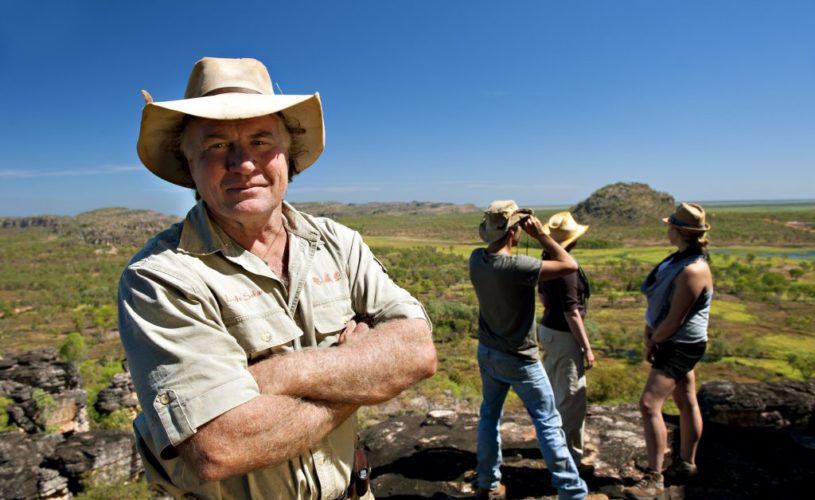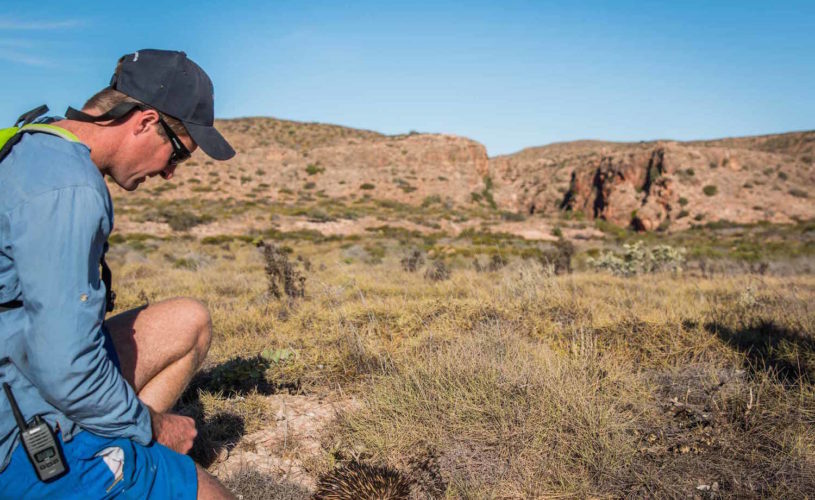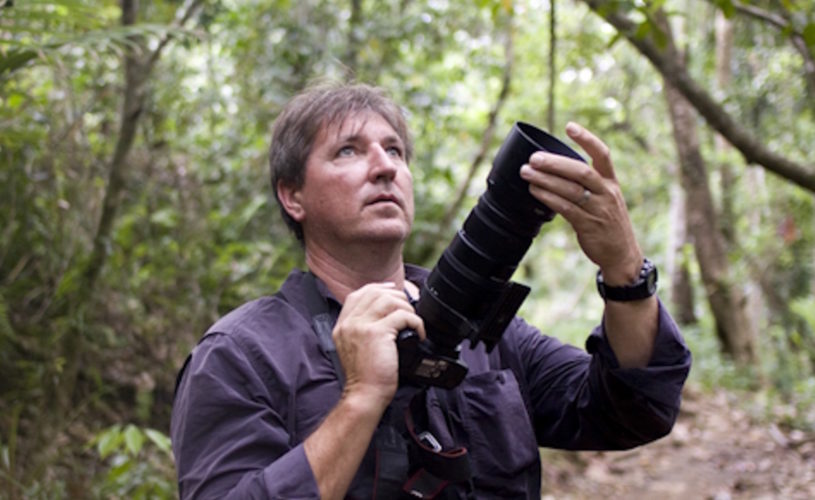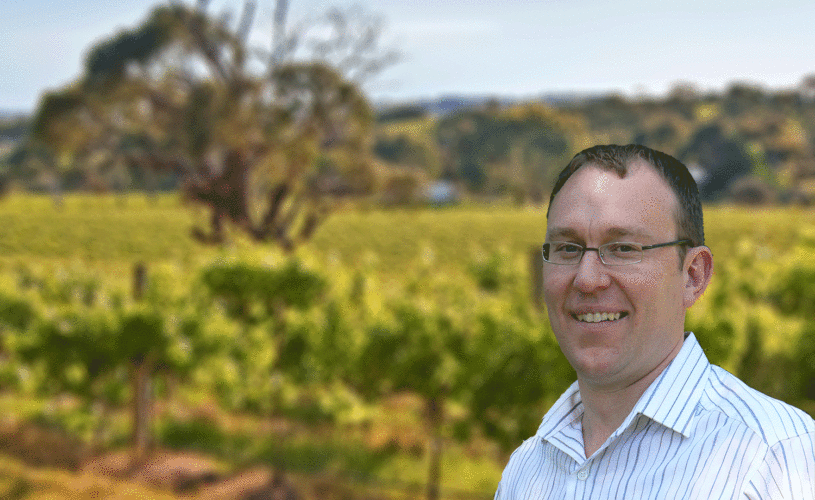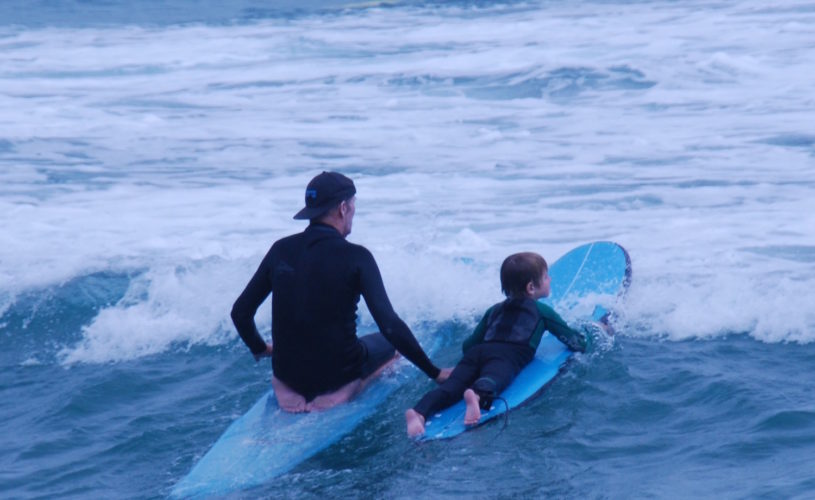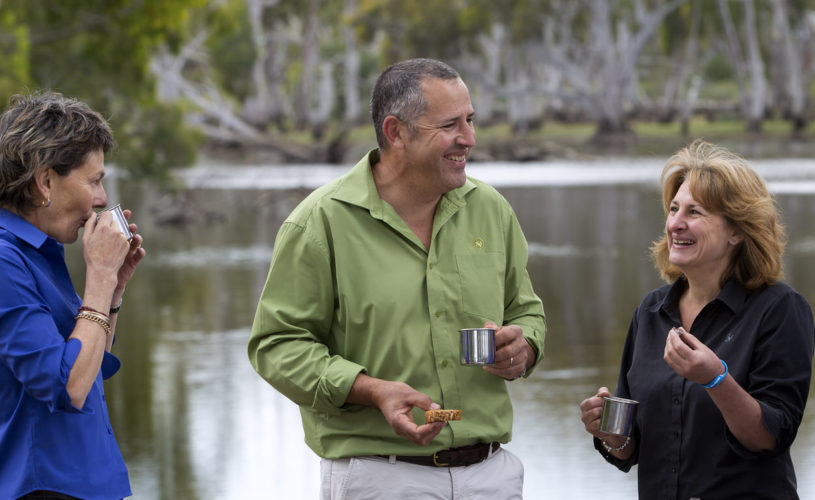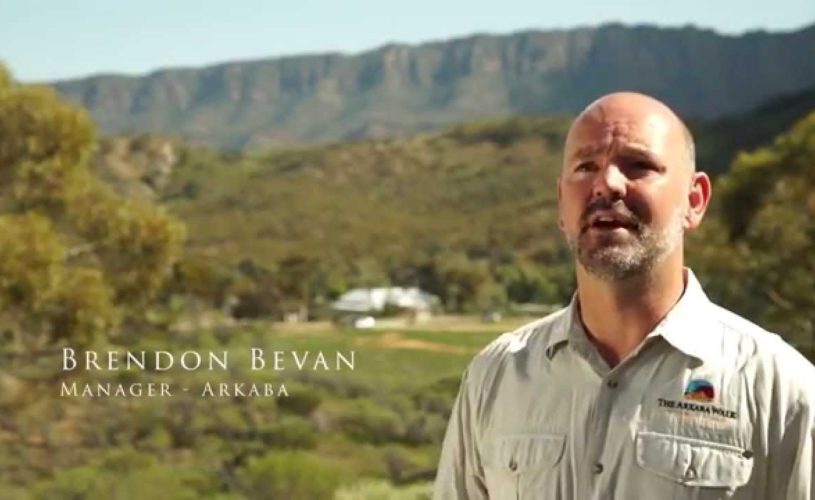Sab Lord is a larger than life character, and has been hosting guests in the Top End for 16 years. Sab grew up in the area that is now Kakadu and Arnhem Land and has a rather unique relationship with many local Aboriginal people. We interviewed Sab Lord to find out a little more about him…
Please explain a little bit about who you are and what you do?
I am a tour guide in the Northern Territory of Australia, I was born on a crocodile/buffalo station called Munmalary near the South Alligator River, I have been guiding for 25 years after working as a Jackaroo and bull catcher, managing stations in The Kimberley. I also played the best game in the world – rugby union. I grew up surrounded by Aboriginal people and their children were my playmates in an environment where you had to make decisions for yourself – unlike today.
What got you started with your passion and what do you find most interesting about it?
I loved learning about our environment and explaining the difference to visitors about Aboriginal People and how they live.
How do you bring Australia to life on your tours?
I speak my mind – I am not politically correct but with age comes wisdom so I enjoy discussing the environment and how humans impact it.
Why do you think it’s important that people learn about the Australian environment?
Because its where we live! People now have lost the understanding of living in the bush, now that so many people live and work in cities they have become very out of touch with nature.
If people wanted to find out more about the Australian environment are there any particular books, documentaries or websites you would recommend?
I love environmental warriors! I support The Sea Shepherd and Wildlife At Risk. I often recommend a book called The Future Eaters by Tim Flannery. Also Carl Warburton’s book Buffalos – Adventures in Arnhemland and The Green Eyes Are The Buffalos by Alan Stewart.
What’s your favourite Australian animal and why?
Wallabies, because of their freedom of movement at a quick pace.
What place is Australia’s best-kept secret?
Arnhem Land
What haven’t you seen / done in Australia that you’d like to and why?
Tasmania, to see the wildlife.
Finally, how can people follow you on social media?
Facebook – https://www.facebook.com/lordssafarisnt/
Twitter – @lordssafarisnt
Click here to find out more about Australian travel with Alquemie

